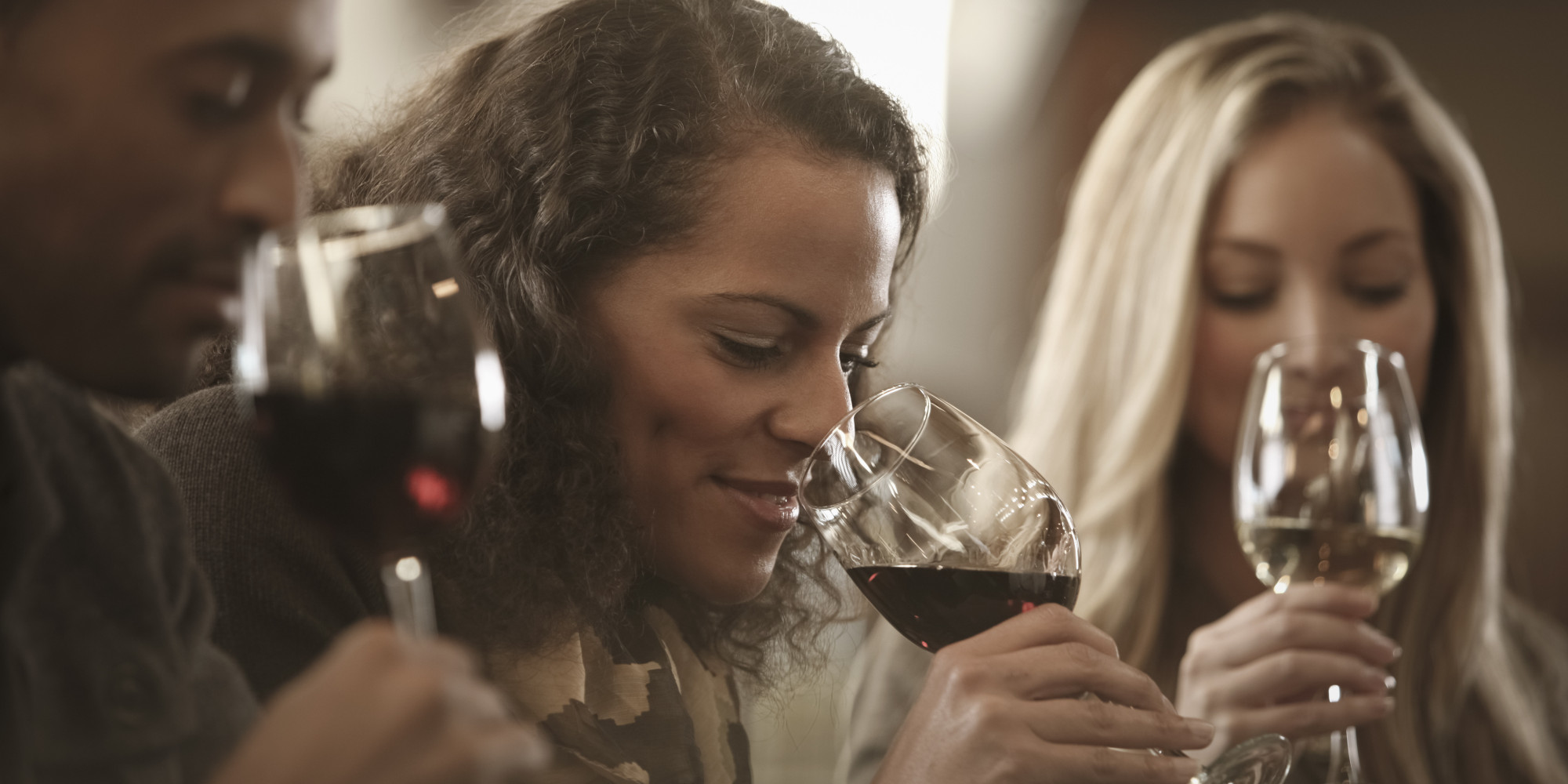Following on from my basic wine tasting guide, we now understand what we have to look out for in terms of your nose and palate; what aromas you can identify through your nose to associate certain conditions of the wine such as reduction and oxidation, and what you can taste on the palate such as levels of acidity and sweetness. Now comes the hard part, actually tasting and appreciating the wine.
What Catches Your Eye?
When it comes to wine tasting your eyes are just as important as the nose or palate. By simply looking at the wine you can begin to identify the colour, the body and more importantly the quality of the wine.
Pour the wine into a glass no more than a quarter full and look straight down into the liquid. Here you can note the colour. A good rule of thumb for red wine is that the deeper colour, the younger it is or the grape used is thick-skinned. For example the Malbec grape is often drank young and has thick skins therefore it will have a deep colour, so in a blind tasting this fact is a good piece of knowledge to have.
Red wine becomes paler with age, when swirled or tilted away from you against a white background (a piece of paper will do) you can begin to understand its age. Observe the colour in the middle of the wine and at the edges, as all reds turn a browner colour with age and it is at the edges where this change first starts to occur. A young red will appear purplish more than brown or brick coloured, whereas an older wine will often lose colour completely at the edge. A white wine has the opposite effect to a red, it becomes deeper. By swirling the wine, you can see how long it takes for the wine to trickle down the sides of the glass. The longer it takes the more body the wine has; this is known unofficially as the “legs” of the wine. A wine with good legs will have good body.
To identify quality, look for a glossy finish and more delicate colour shades throughout the wine. Compare this with a poor quality wine and you will see more of a dim colour with blockish colour gradations.
 Photo: The Huffington Post
Photo: The Huffington Post
Using Your Sniffer
Smelling the wine is difficult. You can reel off all kinds of adjectives such as plummy and brambly for reds or grassy and aromatic for white. Simple word association will not suffice here. Although establishing a strong wine vocabulary is crucial to being a wine connoisseur, you have to understand how to communicate certain sensations. Really concentrate on this, take one sniff of the wine, swirl it around and smell again. To really get an idea of the bouquet place your palm on top of the glass to completely cover it and swirl again then smell. This is will really intensify the aromas. The stronger the impression lasts, the more intense the bouquet and aroma.
This is where your vocabulary can come into play. When assessing the wine, make a note if it smells clean or not, followed by the intensity and then what the smell reminds you of. Attaching words to smells that you know can really help give you brain a kick into understanding what is there and what is not.
For quality assessment, good wines tend to become more interesting over time when left to breathe, whereas cheaper wines tend to stay the same. The more smells you can identify and how complex they are will usually indicate good quality wine.
Photo: Royal Leerdam
Now for the Taste
By now you will have identified certain aromas of the wine, guessed its body and made an assumption of the quality of the wine. In the mouth we can assess the sweetness and acidity levels of the wine. The tongue and mouth can be separated into five different tasting areas:
The tip of the tongue to assess sweetness
The back of the tongue for bitterness
The upper edges of the tongue for acidity
The back of the mouth for the burning alcohol flavour
The inside of the cheeks for drying tannins.
After swallowing or spitting out we can assess all these factors and a judgment can be made to see if all these factors balance each other out. If they do, and the wine has a lingering flavour, then it will be a high quality bottle. If they do not and the flavour does not last more than a few seconds, then it will be a poor quality wine.
Now that you know the theory, it’s time to try some practical wine tasting exercises! For more information on wine and food pairing, read our wine and food pairing guide here.
Title Photo: Made-In-Italy